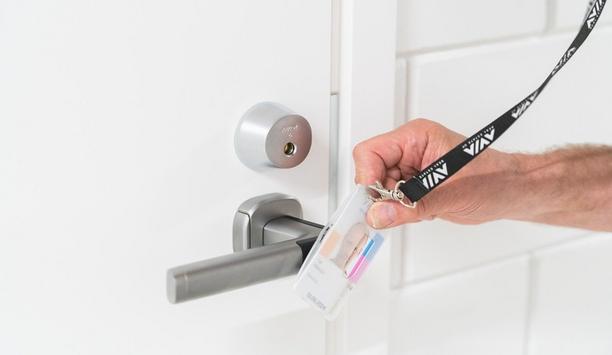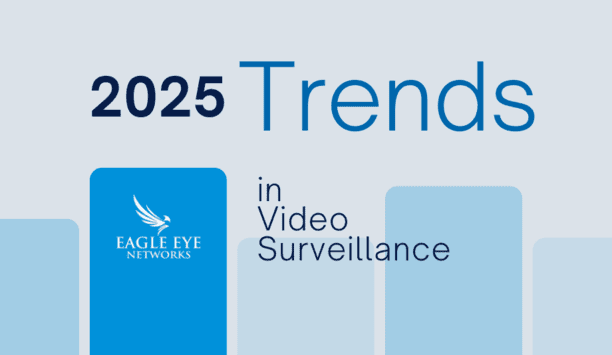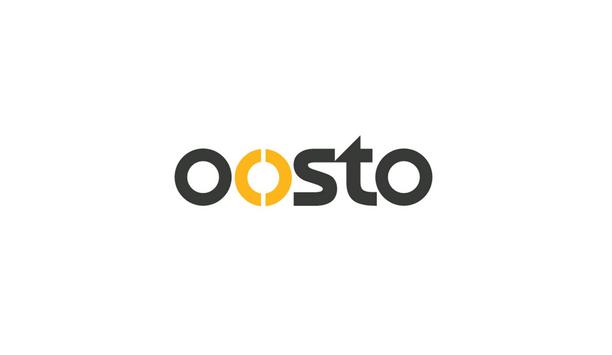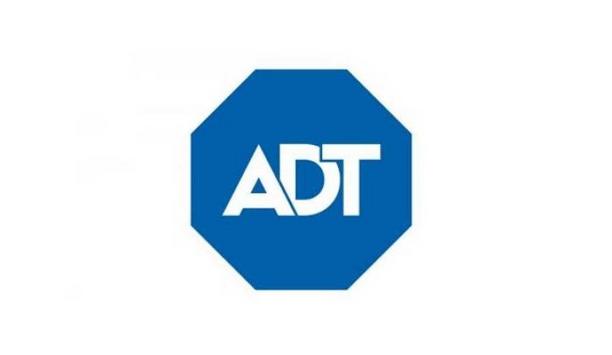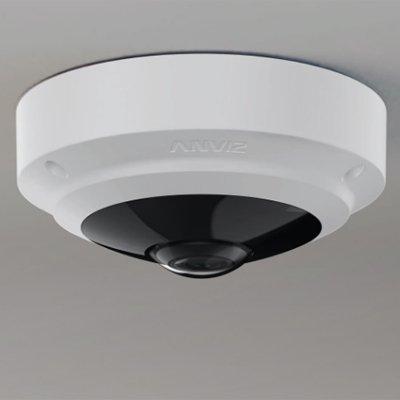To enjoy the benefits of connected security, businesses need security technologies that work seamlessly with each other. In a recent survey of industry professionals, over 90% noted the critical importance of integration across building management functions.
But why is integration judged to be so important? What exactly are its benefits? And how can an organisation reap them? There are several ways a connected access solution can help a business to do more both enhancing security and contributing to overall business success.
1) Control every system from a single seat
“Access control systems are often viewed as the starting point for a building to shift from operating in siloes, towards a more functional, connected and ‘integrated’ building management system,” explains a new IFSEC Global white paper on security management.
The white paper considers integration’s cost and efficiency impact on organisations. Control from a single, integrated interface boosts efficiency in many ways.
Advantages of integrated systems
Some are individual to the industry or business, but some advantages apply almost anywhere.
- Firstly, integration reduces training needs and therefore costs: Everything is administered from a single system, rather than several working in isolation.
- Secondly, when facilities staff only consults or updates one interface, they save time and reduce manual errors. In a real-world situation, integration can even save facility managers’ journey time. At the InHolland University of Applied Sciences, for example, a Nedap AEOS system integrated with Aperio wireless devices controls access for 7 different campuses from a single, integrated point.
- Thirdly, analytics can deliver more value and better insights when multiple sources of data provide input.
2) Future-proof a system with standards-compliant hardware
Connected access control helps businesses to retool building management for the challenges of the 2020s
Connected access control helps businesses to retool building management for the challenges of the 2020s. The smart building is integrated and automated, relying on standards for interoperability to keep data flowing in every direction.
OSDP, for example, streamlines the interoperability of access control and security devices. ONVIF Profile D & Profile M help access control devices connect with analytics. Access control hardware which is designed for interoperability with accessible APIs and SDKs for app integration creates a security that is ready for what’s next, even when predicting “what’s next” can be difficult.
3) Attract and retain staff with flexible working
In a survey conducted by consultants McKinsey & Company, 63% of employees said they would prefer a “hybrid” or fully remote work schedule.
To offer this kind of flexibility cost-effectively, security provisions must be able to adapt. Smarter use of space is ever more important as employees come to favour hybrid work patterns.
Multiple electronic and/or mechanical access systems
To assist in hybrid working, access control credentials can be authorised to unlock doors during specific timeframes
To assist in a move to hybrid working, access control credentials can be authorised to unlock doors during specific timeframes, so staff enters only when scheduled, for example. Facility managers can regulate daily access so building occupancy stays within capacity.
A single hub for issuing, amending, and revoking access rights streamlines the administration of a hybrid system. Trying to implement such a change via multiple electronic and/or mechanical access systems in parallel could create an enormous workload. Integrated electronic access control makes it easy.
4) Realise the cost-saving potential of connectivity
According to analysts Verdantix, more than a third of building occupiers in the office sector is now planning to invest in space utilisation analytics. An integrated access control system generates critical data for understanding building use and potentially reducing office rental costs. If a space is not being used, why waste a valuable budget on renting it?
“Whereas security has mostly been a reactive profession before now, integrated solutions allow data to be transformed into knowledge,” explains Danny Laurier at Securitas, in an exclusive interview for the white paper. “And, when you know, you can move from a reactive to the predictive risk management approach.”
5) Boost the energy efficiency of a building or business
Carrying a single, flexible credential stored securely on a mobile phone reduces the use of plastics and metal
Extending a security system with integration-ready wireless locking can contribute to any business’ energy efficiency or sustainability strategy. Wireless electronic locks use less cabling and consume less energy at installation. Carrying a single, flexible credential stored securely on a mobile phone reduces the use of plastics (cards) and metal (keys).
The emergence of electronic locks powered by energy-harvesting technology may even bring electricity consumed at the door down to zero. Quite a contrast to traditional wired door locking, which is often power-hungry.
Connectivity and cost-effectiveness
Integration itself may also offer an efficiency boost, according to some sustainability experts, “A properly functioning BMS should deliver energy efficiency savings in the order of 15–20%... Improving the operation of your BMS is probably the single most cost-effective energy efficiency measure you can take.”
Connectivity is the driver of these improvements, contributing to commercial success while making life easier for everyone at the sharp end of facilities management.






